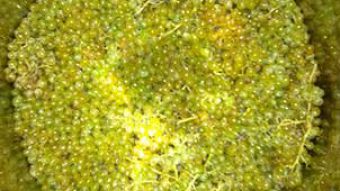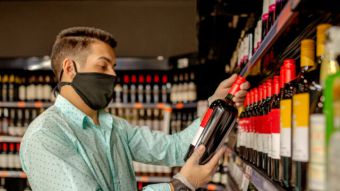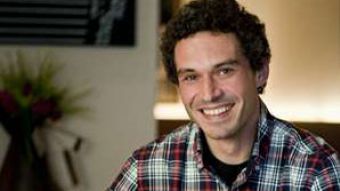What future lies ahead for Cava?
After breaking new international sales records, positions in the Cava industry are divided between hope and uncertainty. This is a time of change for the Cava industry still being very much driven by international sales. Consumption in the domestic market, on the other hand, continues to fall due to the economic crisis as well as boycotting. Cava does, however, remain the most consumed Spanish wine in the world. We have asked Cava producers what they believed lay in store for the industry.
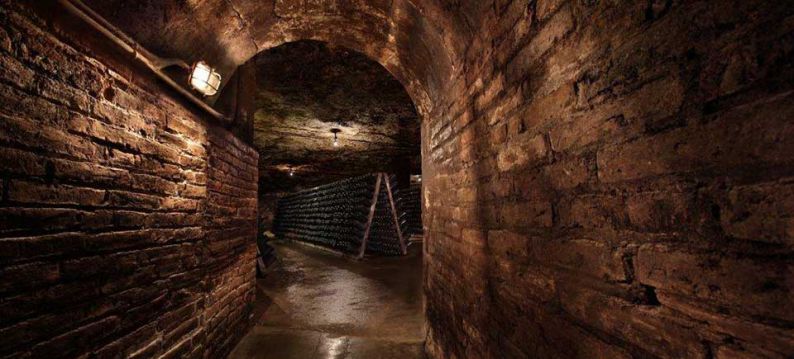
Cava sales are still being driven by an excellent performance on export markets while the domestic market is still in decline due to the economic crisis and boycotting. We have to look back over three decades, to 1980, to find sales of Cava in Spain below those of 2012. The industry sold 243 million bottles in 2012, representing an increase of 3.6 million units over the previous year.
However, the Spanish market remains the top market for Cava, with sales double those of Germany, the main stronghold for exports. The export market grew by 6.02% last year to 161 million bottles, an increase of 9 million bottles compared to 2011. The president of the Cava Consejo Regulador (Regulatory Board), Gustau García Guillamet, points out that last year's export figures were another historic sales record, and that Cava is still the most exported Spanish DOP.
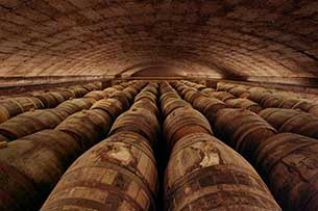 The producers Institut del Cava (Cava Institute) has released a study showing that two-thirds of the total production is now being exported (in 1990 the share was reversed, only one third exported). 40% of companies in the industry export their Cava, although just 19 companies account for 90% of the exports. The domestic market declined by 6.28%, with sales of 81 million in 2012. The President of the Consejo Regulador attributes the fall in sales in Spain to the economic recession rather than to the effects of a boycott, which does of course exist but which should be put into perspective.
The producers Institut del Cava (Cava Institute) has released a study showing that two-thirds of the total production is now being exported (in 1990 the share was reversed, only one third exported). 40% of companies in the industry export their Cava, although just 19 companies account for 90% of the exports. The domestic market declined by 6.28%, with sales of 81 million in 2012. The President of the Consejo Regulador attributes the fall in sales in Spain to the economic recession rather than to the effects of a boycott, which does of course exist but which should be put into perspective.
Meanwhile sales of non-Catalan Cavas grew 46% last year. According to Guillamet Garcia,"without blowing our own trumpet and bearing in mind the economic situation, we could claim that the fact that Cava has achieved an overall growth of 1.53% in 2012 is an excellent result."
However, the low prices of Cava (few people understand how a bottle of Cava can retail at 1.49 euros) and the rise of retailer brands, continue to worry many in the industry and it is difficult to predict what the future holds for this quality sparkling wine produced in a specified region (it is produced in 159 municipalities from seven autonomous Spanish regions). The diaspora of bodegas which have abandoned Cava, such as Raventós i Blanc, Mas Comtal, Loxarel or Colet, and those which may do so in the near future, such as Can Ràfols dels Caus, is also causing uncertainty.
We have asked 11 experts of the Cava industry
We sought a comprehensive selection of industry views to try to shed some light on what the future may hold for the best selling Spanish wine on the planet.
García Guillamet, presidente del Cava Consejo Regulador
Speaking to the magazine, the President of the Cava Consejo Regulador states that, "being both traditional and avant guard at the same time is perfectly compatible, and this will be at the forefront in our future objectives. Maintaining a careful balance between the two will be the key to achieving Cava excellence." Garcia Guillamet adds "we must transmit the values of a cultural product with a history, one which has also adapted to today's lifestyles, where Cava is considered a modern, easy to drink product, especially by young consumers, i.e. very fruity cavas, which can be enjoyed anytime, anywhere." He also states that "our goal should be founded on authenticity, excellence and being avant guard."
Xavier Pagès, CEO of Codorniu
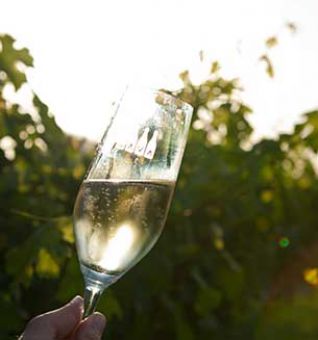 The CEO of Codorniu, Xavier Pagès, has no doubt that "Cava has a great future ahead of it, especially if those of us in the industry add value to the product we have, gain international recognition and continue to build." He believes that the biggest challenge facing Cava at the current time is "at home". In this respect, he says: "Don't we produce cava according to the strictly controlled, meticulous traditional method, carrying out the second fermentation in bottle, ageing in our cellars and using our knowledge and experience to blend the wines as they do in Champagne, things that they don't do in most other sparkling wines of lesser quality? Aren't we working our vineyards sustainably in various terroirs and with different grape varieties to deliver complexity and a great taste experience as they do in Champagne?".
The CEO of Codorniu, Xavier Pagès, has no doubt that "Cava has a great future ahead of it, especially if those of us in the industry add value to the product we have, gain international recognition and continue to build." He believes that the biggest challenge facing Cava at the current time is "at home". In this respect, he says: "Don't we produce cava according to the strictly controlled, meticulous traditional method, carrying out the second fermentation in bottle, ageing in our cellars and using our knowledge and experience to blend the wines as they do in Champagne, things that they don't do in most other sparkling wines of lesser quality? Aren't we working our vineyards sustainably in various terroirs and with different grape varieties to deliver complexity and a great taste experience as they do in Champagne?".
In this respect, he states "if people at home do not appreciate how fabulous Cava is, if we just sit back and criticize or seek personal benefits, the product will not be valued for how great it is. Cava is a magnificent product and we shouldn't have any complexes about it". Pagès finishes by lamenting the fact that "we seem to believe that only things coming from outside are good."
José Luis Bonet, president of Freixenet
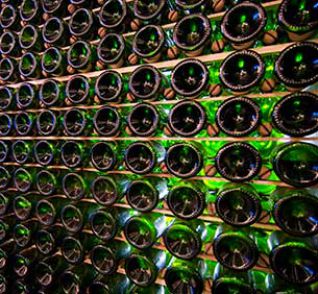 Freixenet President, José Luis Bonet, goes straight to the point "Cava, which has been a remarkable success story, achieving global leadership in quality sparkling wines, will continue along this path of excellence, overcoming the inevitable difficulties." The President of Freixenet, a company which has achieved much of its success through internationalization, believes that the food industry in general and Cava in particular, "is a privileged sector, driving the economy and is an authentic ambassador for Spain abroad". For Bonet, "the sector's commitment to sustainability, innovation, competitiveness and internationalization will contribute to job creation in the industry and to the maintenance of a positive trade balance."
Freixenet President, José Luis Bonet, goes straight to the point "Cava, which has been a remarkable success story, achieving global leadership in quality sparkling wines, will continue along this path of excellence, overcoming the inevitable difficulties." The President of Freixenet, a company which has achieved much of its success through internationalization, believes that the food industry in general and Cava in particular, "is a privileged sector, driving the economy and is an authentic ambassador for Spain abroad". For Bonet, "the sector's commitment to sustainability, innovation, competitiveness and internationalization will contribute to job creation in the industry and to the maintenance of a positive trade balance."
Joan Juvé Santacana, president of Juvé y Camps
The President of Juvé y Camps, Joan Juvé Santacana, laments that "Cava, a quality wine with reputable brands, is selling at a price of about 50% below that of non vintage champagnes". In the current environment of strong competition and economic deflation, Joan Juvé sees it as "very difficult" to increase prices, but believes that there is an opportunity to build the leading brands giving Cava further prestige and "greater value". He believes that “the industry should sustain its sales efforts and sees support from the authorities as vital”. Although he believes that there is some outstanding promotional activity being carried out, both by the Consejo Regulador and the Institut del Cava, he thinks that "the more efforts made to build the image of Cava, the better".
Miquel Torres Maczassek, CEO of Bodegas Torres
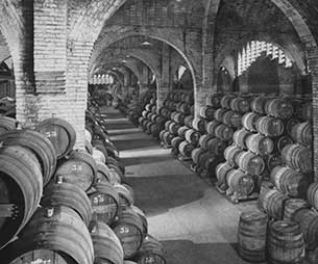 Bodegas Torres, meanwhile, has surprised many by announcing its intention to produce cava, moving away from cheaper products. Its CEO, Miquel Torres Maczassek, states that "Bodegas Torres has always believed in building brands, as these are the best guarantee for the consumer" Talking about Cava, he adds, "There are quality focused brands which have achieved a market position which generates value and without necessarily competing on price."
Bodegas Torres, meanwhile, has surprised many by announcing its intention to produce cava, moving away from cheaper products. Its CEO, Miquel Torres Maczassek, states that "Bodegas Torres has always believed in building brands, as these are the best guarantee for the consumer" Talking about Cava, he adds, "There are quality focused brands which have achieved a market position which generates value and without necessarily competing on price."
Xavier Gramona, co-owner of Cavas Gramona
There are also others who view the future of Cava as "uncertain", as is the case of Xavier Gramona, co-owner of Cavas Gramona. He believes that "we should work hard with the Consejo Regulador, in coordination with Cava industry bosses, for the sector to improve its international position, or else it will be doomed to be a low value-added sector, with economic consequences for all stakeholders. We need a change of direction with a business vision and market focus within the institutions, which isn't there today." However, Xavier Gramona assures us that we have the foundation and resources to reverse the situation: "the knowhow to produce a good, and even great, sparkling wine comparable to the best in the world. And good businessmen, who, when placed in leadership positions and with a broad vision, can plan the sector's market strategy."
Damià Deàs, General Manager of Vilarnau
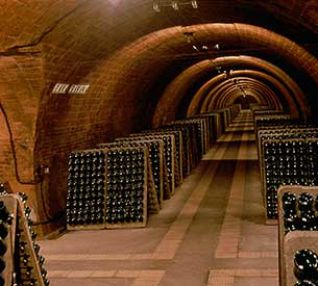 For the General Manager of Vilarnau (González Byass), the oenologist Damia Deàs, Cava has an "optimistic" future ahead of it. He stresses that "the export market is growing and the industry is increasingly becoming more aware of the need for greater export effort". He hopes that the change in the Consejo Regulador will make it "more efficient and proactive in terms of sales support for the brands" and that the sector itself is given greater attention within the Consejo Regulador. Nonetheless we should recognize too, that "Brands have to strive to do better, commercially speaking, we must learn to add value to our products, so that we can increase prices and improve quality perceptions".
For the General Manager of Vilarnau (González Byass), the oenologist Damia Deàs, Cava has an "optimistic" future ahead of it. He stresses that "the export market is growing and the industry is increasingly becoming more aware of the need for greater export effort". He hopes that the change in the Consejo Regulador will make it "more efficient and proactive in terms of sales support for the brands" and that the sector itself is given greater attention within the Consejo Regulador. Nonetheless we should recognize too, that "Brands have to strive to do better, commercially speaking, we must learn to add value to our products, so that we can increase prices and improve quality perceptions".
He goes on to say that "we must carefully manage our communication to ensure that this perception is properly conveyed." In the same vein, he adds "we have to communicate and give Cava a real name for itself, a name that ties it to our region and our viticulture. I think this is where we should focus our efforts: on communicating that it is our land and tell people how we carry out and respect our viticulture."
The President of Vallformosa, Queta Domènech, sees a "hopeful" future for Cava, especially in international markets. She states that "consumption of Cava has increased significantly in countries such as Russia or China, but there is still a long way to go to grow sales of Cava in other countries."
Josep Maria Llopart, copropietario de cavas Llopart
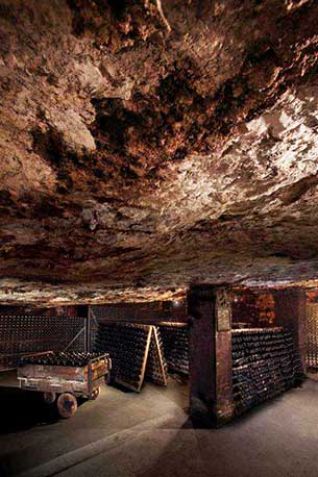 To J. M ª Llopart, co-owner of Cavas Llopart, "Cava can only consolidate a good position in the increasingly competitive global wine market if the Cava makers accentuate and are able to communicate to potential consumers and opinion leaders, the distinctive attributes that make Cava such a special, unique and attractive product". He is also convinced that "the personality of a wine derives primarily from its origin, and one of the most powerful assets we have (at least in the main Cava producing area) is the fact that we enjoy a special climate and unique terroirs, allowing us to cultivate the vine with minimal treatments. As our grapes are able to reach full maturity, we are able to make wine without needing to enrich the musts with added sugars, something that should be highlighted as a feature distinguishing us from other sparkling wine producing areas."
To J. M ª Llopart, co-owner of Cavas Llopart, "Cava can only consolidate a good position in the increasingly competitive global wine market if the Cava makers accentuate and are able to communicate to potential consumers and opinion leaders, the distinctive attributes that make Cava such a special, unique and attractive product". He is also convinced that "the personality of a wine derives primarily from its origin, and one of the most powerful assets we have (at least in the main Cava producing area) is the fact that we enjoy a special climate and unique terroirs, allowing us to cultivate the vine with minimal treatments. As our grapes are able to reach full maturity, we are able to make wine without needing to enrich the musts with added sugars, something that should be highlighted as a feature distinguishing us from other sparkling wine producing areas."
J. M ª Llopart, sees the industry continuing down the internationalization route and creating closer synergies with the world of Catalan and Spanish haute cuisine, and he also believes that the Cava DO should be quicker to adapt to the needs of the market and producers.
Like Ton Mata, General Manager of Recaredo, he argues that Cavas made only from grapes of one producer and one vineyard should be regulated and differentiated, and that a more sophisticated classification system should be created, providing consumers with differentiated values. As a "positioning strategy" Llopart thinks it necessary to "move away from" the cheaper sparkling wine segment. He even believes that "Cava companies which are only selling on price should develop a second line of sparkling wine outside the Cava DO".
Maite Esteve, gerente de Vins El Cep / Marquès de Gelida
Maite Esteve, manager of Vins El Cep /Marquès de Gelida is positive about Cava's future. She believes that "despite the current industry situation, caused largely by a lack of good judgment, sensitivity and a vision of the future by some of the producers and regulatory bodies, if we can join forces to convey Cava’s uniqueness and quality to the world, we will obtain the prestige and recognition that it deserves."
Ramon Jané, copropietario y enólogo de Mas Candí
Ramon Jané, co-owner and winemaker at Mas Candi, believes that sales of Cava will increase, but at low prices. He believes that "we small producers cannot compete with these prices," and that "we have to make some changes to improve the image, such as creating sub DOs, bringing out the potential of local grape varieties, increasing ageing to 15 months minimum and renaming Cava. The new sparkling wine must be somewhere between champagne and prosecco, in terms of prestige and price. "



